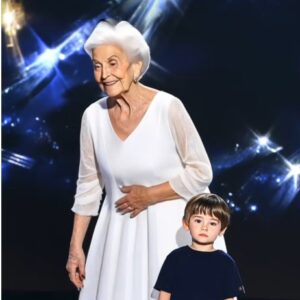In 1990, Dances with Wolves enthralled viewers around when it debuted in theaters and it quickly became a classic. The film, which was directed and starred Kevin Costner, was praised for its stunning photography, moving story, and respectful depiction of Lakota Sioux culture.Online movie streaming services
The film received seven Academy Awards, including Best Picture. But even such a masterpiece is not impervious to mistakes.
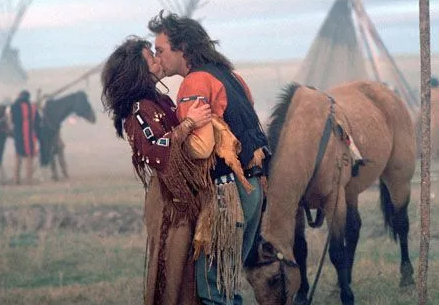
The film’s authenticity, especially its usage of the Lakota language, has been acclaimed by both fans and critics for decades. To ensurecultural correctness, Costner and his team collaborated closely with Native American experts.Online movie streaming servicesOne such collaboration involved using native speakers to instruct the performers in the proper pronunciation of Lakota speech. The tale deepens here, though, because this precise wording is the source of the HUGE error in Dances with Wolves—a detail so minute that spectators have mostly missed it.
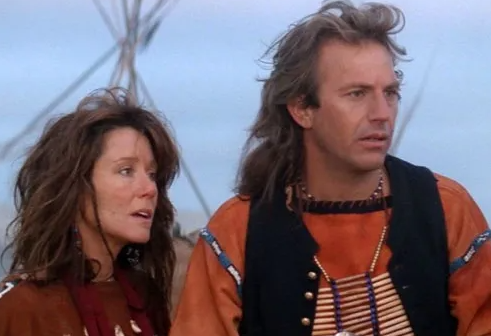
The way part of the Lakota conversation is spoken is the mistake. Many of the Lakota lines are either mispronounced or grammatically incorrect, in spite of the filmmakers’ commendable attempts to employ the language. Indeed, a number of native speakers who have examined the movie have pointed out that fluent listeners would find some of the phrases odd or even incoherent.Online movie streaming servicesMary McDonnell’s character, Stands With A Fist, for example, learns Lakota as a second language, although her lines contain many more errors than one might anticipate from a language student. Like this, several of the Lakota characters’ lines, which are meant to be fluid, have mistakes that were probably added during translation or the performers’ training.
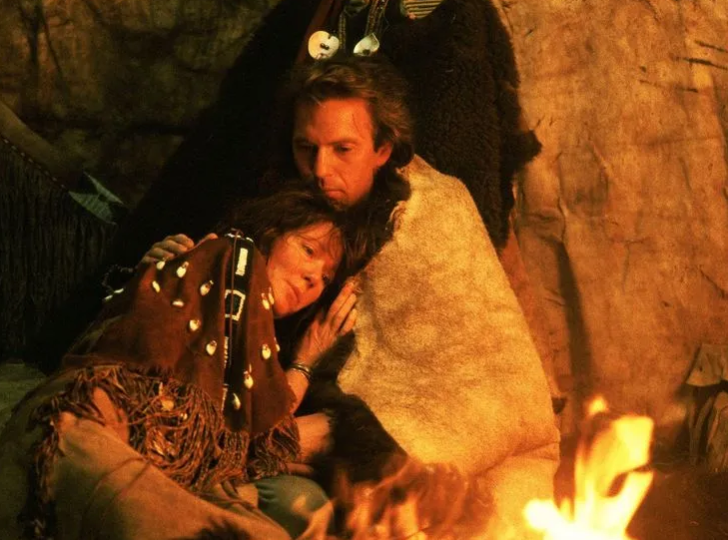
Linguists who have knowledge with the language said that the errors were caused by time restrictions and the difficulties of teaching performers who were not Lakota speakers. Doris Leader Charge, a Lakota speaker, was hired by the filmmakers to mentor the actors, but despite her experience, the short filming schedule made it practically impossible to achieve flawless fluency.
Apart from grammatical problems, the movie makes a historical error. Dances with Wolves, which is set in the 1860s, shows how the Lakota people used tamed horses with skill and ease.
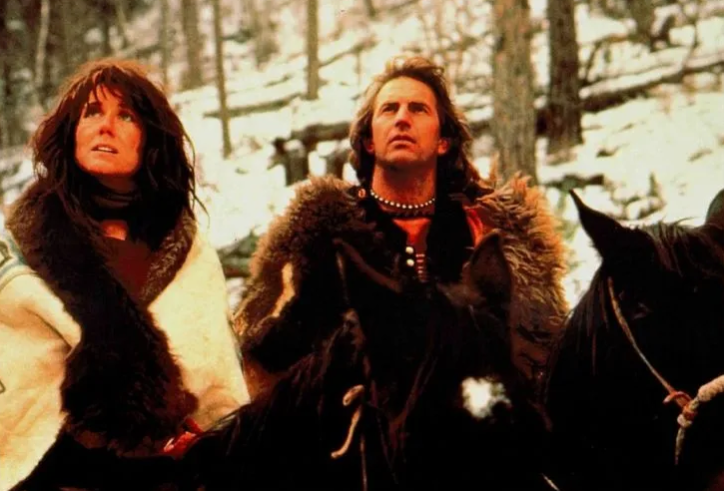
Does this information make Dances with Wolves a less successful film? Absolutely not. Using native performers and presenting Indigenous culture in a way that Hollywood had rarely done before, the movie set a new standard for its period. A generation of filmmakers was influenced by it to treat Native topics with greater nuance and respect.
However, this MASSIVE error reminds us that even the most well-meaning producers may make mistakes. It emphasizes how crucial it is to work closely with linguistic and cultural specialists in order to maintain storytelling authenticity.
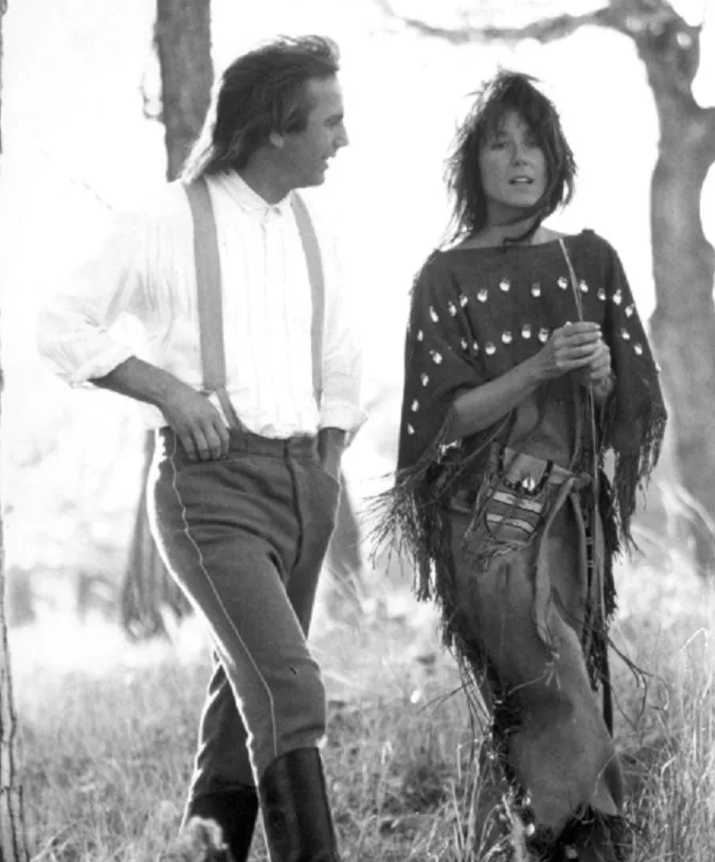
Viewers may realize these mistakes for the first time, or possibly not at all, when they rewatch Dances with Wolves. The power of movies to take us to a different world, even one with flaws, is ultimately what makes them so magical.
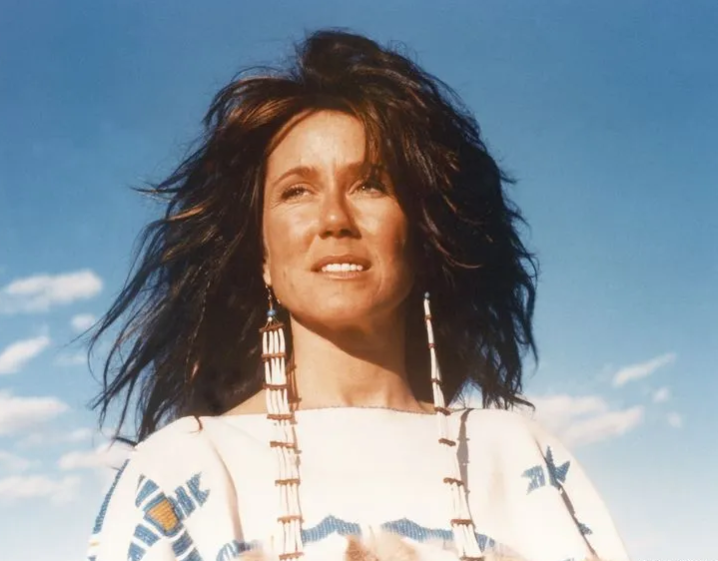
Therefore, notice the Lakota conversation or watch the horses as they gallop across the plains the next time you watch Kevin Costner’s masterpiece. Perhaps you will see the small errors that viewers have missed for more than 3 decades.


